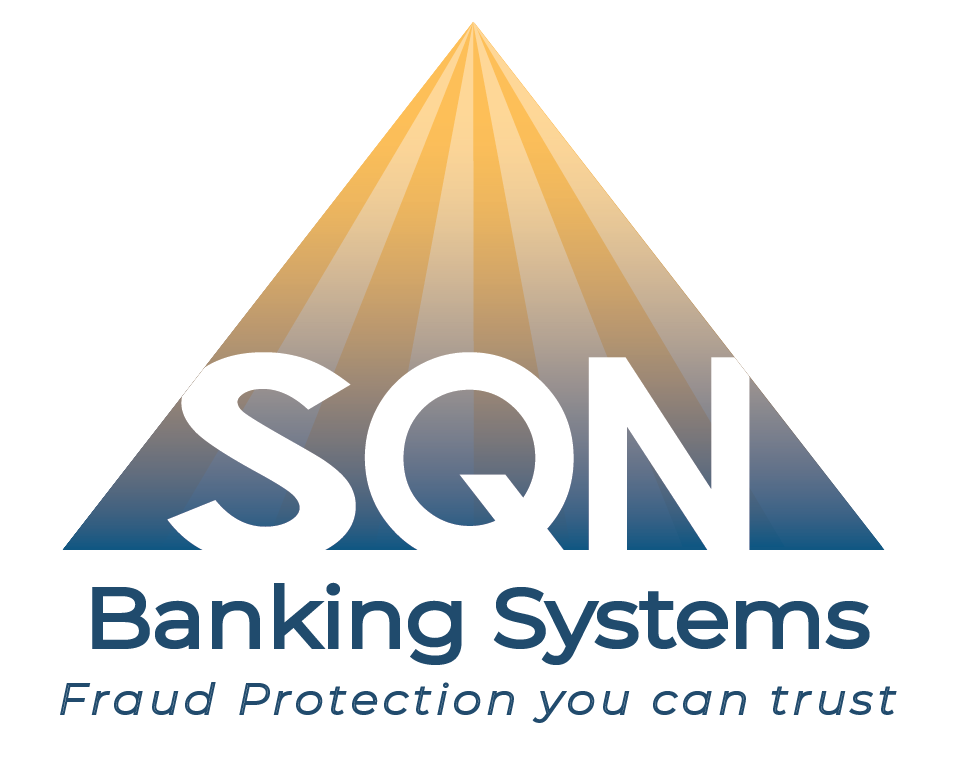The State of Payment Fraud in 2023

The past fiscal year presented financial institutions with some of the most significant challenges since the 2008 financial crisis. Most notably, the United States witnessed its second and third-largest bank failures in history within just days of each other. To stay competitive and profitable in this challenging environment, banks and lenders are leaning on digital tools and automation to regain client trust and address skill shortages.
However, this shift comes with new risks. As the world moves toward fully digitized financial services, fraudsters aren’t wasting any time. They’re learning new tricks and using a wide range of digital methods to attack their victims and line their pockets with cash. To protect your financial institution and your commercial clients, you need to understand the changing threat landscape.
What’s happening now? To point you in the right direction, here’s a look at the state of payment fraud in 2023.
Digital Payment Fraud Trends 2023
According to JP Morgan’s annual payments fraud survey, businesses overall experienced reduced levels of payment fraud. The number of businesses saying they were the victim of attempted or actual fraud fell to the lowest number since 2014. However, in spite of “record lows”, the majority (65%) of businesses still faced payment fraud.
When you isolate digital payment fraud, there was an increase in 2022. Check out the following:
- Commercial card fraud increased by 10%.
- ACH credit fraud increased by 6%.
- Fraud with virtual cards increased by 6%.
What Types of Bank Fraud Are on the Rise in 2023?
As the transition to more digital financial services proceeds, fraudsters continue to adapt new strategies. Here are some of the types of fraud that are on the rise in 2023.
Business Email Compromise (BEC) Fraud
As the standard for cutting-edge fraud protection systems rises, fraudsters are gravitating to avenues with fewer safeguards. As a result, low-tech scams such as business email compromise (BEC), which rely on con artistry and phishing techniques, are on the rise. The majority of payment fraud cases start with BEC, and in 2022, 71% of organizations fell victim to this type of fraud.
Although referred to as email compromises, BEC can occur through a variety of channels such as text or even snail mail. With this type of fraud, the thief’s goal is to gain the victim’s work or bank login details. Armed with this information, the thief attempts to steal data or money. They traditionally try to get ACH details, but in 2022, attempts to get wire transfer information were at an all-time high of 45%.
However, in some cases, thieves leverage access to one account to initiate phishing attacks on people up the ladder. This is called snowball phishing. For example, if a fraudster gets access to one bank employee’s email, they may send another email to someone further up the ladder asking for more credentials or payment information.
Employee education is critical if you want to reduce these types of attacks. Failure to develop strong internal training and awareness programs can cost banks and other fintech’s profits, reputational harm, and regulatory fines in some cases.
Check Fraud
Checks are at a higher risk of payment fraud than any other type of payment channel. Nearly two-thirds (63%) of organizations report that they faced payment fraud related to checks. However, it’s simply not feasible for these organizations to move away from checks. They need checks to facilitate payments to vendors, employees, contractors, and others.
In fact, 75% of businesses that currently use checks plan to continue to do so, despite the risks. This emphasizes the importance of banks paying close attention to check fraud on business accounts and offering services such as payee positive pay.
Individually Driven Payment Fraud
Although large crime rings tend to make the news, they don’t commit the majority of payment fraud. Over half (54%) of payment fraud is committed by individuals. Take a look at the other perpetrators:
- 54% business email comprise
- 37% someone impersonating a vendor
- 15% invoice fraud
- 14% imposter pretending to be from the victim’s bank
- 13% third-party or outsourcer
- 11% interference with the USPS, such as stealing checks out of the mail
- 8% organized crime
- 5% ransomware
- 3% internal employee
- 3% compromised mobile device
Note that these numbers add to more than 100% due to overlapping categories. For example, an individual who uses BEC to commit payment fraud appears in both categories. Similarly, a crime ring that uses BEC appears in both categories.
Reclaiming Funds After Payment Fraud
Unfortunately, the majority of payment fraud victims never get the funds back. In fact, the amount recouped after a successful fraud attempt is less than 10%. That means once the funds are stolen, they are gone forever. Increasing this number can be nearly impossible. Instead, financial institutions need to focus on reducing the number of attacks.
If you have real-time fraud prevention tools in place, you should be able to flag potentially fraudulent transactions before they go through. Then, you can notify your customers, and if fraud is involved, you can help them to take steps to secure their account before anything else happens. Additionally, you should educate your commercial clients about how they can reduce their risks of payment fraud.
Businesses Want Help From Banks
Businesses have a high risk of payment fraud, and they want their banking partners to help them deal with the risks and the aftermath of fraud. While only 69% of businesses inform their own security/compliance teams about fraud, 80% seek assistance from their banking partners.
This presents a powerful opportunity for banks. If you want to be relevant and competitive, you need strategies and processes to help your commercial clients avoid, detect, and remediate payment fraud.
At SQN Banking Systems, we offer fraud prevention and detection tools that can help you protect your commercial clients. Business clients tend to be the most valuable for banks, and you want to do everything you can to attract and retain these clients. We can help — to learn more about our products and services, contact us today.
